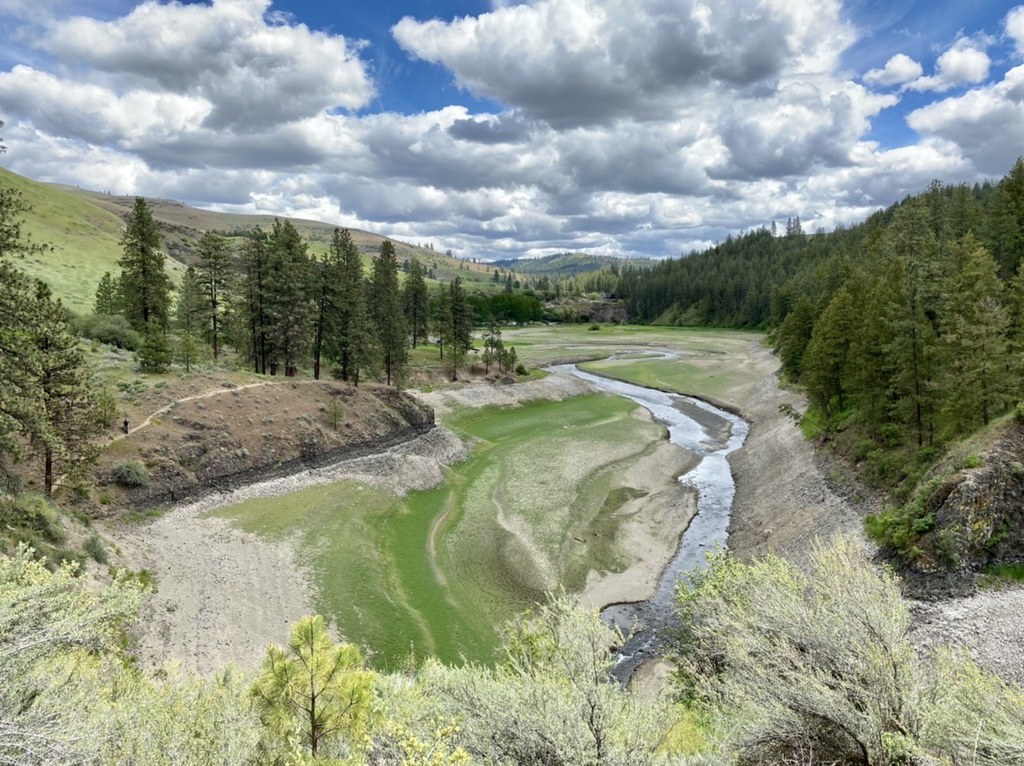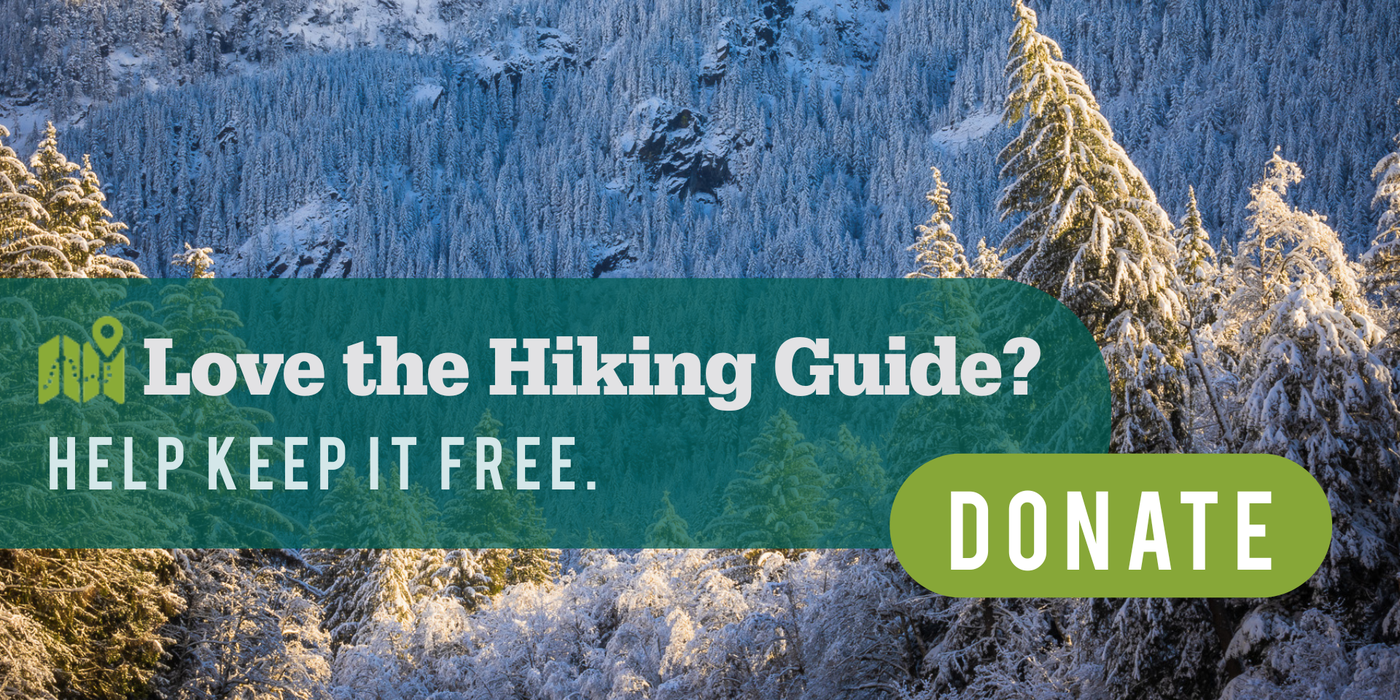The big drawdown of Lake Roosevelt in the late winter or early spring is the best times to visit Hawk Creek. The low water levels at this time allow hikers to explore the beaches of Hawk Creek just as it was 10,000 years ago. Hikers probably won’t make it to the Columbia confluence, but it is possible to get close enough to see it.
Even if you can't make it in the winter time, there are plenty of upland hikes that are possible when the water levels are high. From these areas, you'll enjoy views of spectacular pre- and post-Pleistocene landforms, including glacial terraces at several levels, Missoula Flood remnants, basalt escarpments, even pillow basalts over 5 million years old!
To explore Hawk Creek on a low water level day, follow a fisherman’s trail west until you see an old road and continue on that track. If the water levels are low, parallel Hawk Creek on the trail and head down the fisherman’s trail over the bank at first opportunity to reach a sandy beach. You can continue for at least a mile if the conditions are right. When the beach disappears, you’ll come across a steep game trail leading up the slope. Continue walking upslope until you bisect an old road and follow that north. When you reach the upper terrace near a rock shelter, you’ll be about 500 feet above Hawk Creek. Head back east and downhill along the terraces and trails until you reach the two track trail and continue back to the parking lot.
Lake Roosevelt National Recreation Area - Hawk Creek
-
Length
- 4.5 miles, roundtrip
-
Elevation Gain
- 900 feet
Hiking Lake Roosevelt National Recreation Area - Hawk Creek
Lake Roosevelt National Recreation Area - Hawk Creek
Map & Directions
 Trailhead
Trailhead









